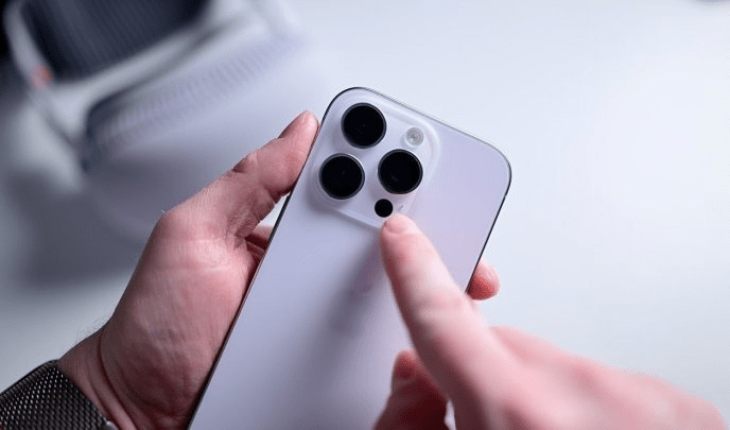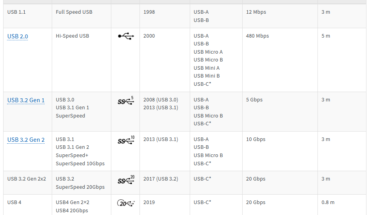In September this year, Apple will launch a new iPhone 17 series, and this time, there will still be four new phones, namely the iPhone 17, iPhone 17 Air, iPhone 17 Pro, and iPhone 17 Pro Max, and the Plus version will be replaced by a new slim design Air.
According to various news, the iPhone 17 series has six major upgrades worth looking forward to, and the practicality of the standard version of the model has increased dramatically, so you may not need to force the purchase of the Pro version.
First of all, the iPhone 17 Standard Edition will support ProMotion for the first time, offering a maximum refresh rate of 120Hz, which is no longer limited to a 60Hz refresh rate. This change means that the iPhone 17 has a smoother display and can support always-on displays, so it is on the same level as the iPhone 17 Pro series.
The iPhone 17 Pro and iPhone 17 Pro Max would have a big lens upgrade, and both phones will use a triple rear camera, although there are still slight differences in specs. However, the primary and ultra-wide cameras are 48 megapixels, the iPhone 17 Pro has a telephoto lens of 12 megapixels, and the iPhone 17 Pro Max has been upgraded to 48 megapixels. This means that we can get higher-resolution photos, and the clarity of the digital zoom is also improved. However, let’s not expect Apple to offer the same 100X zoom as Android phones, but there’s no doubt about improving telephoto capabilities.
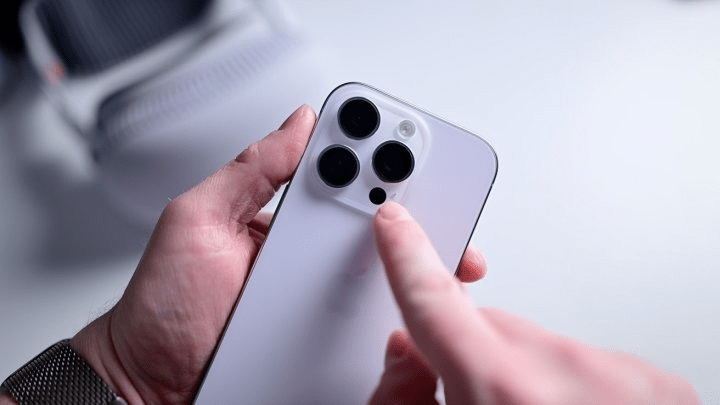
The front camera will also be upgraded. Apple used to use a 7-megapixel front camera until the iPhone 11, which finally upgraded to 12 megapixels, but that was Apple’s last real upgrade. After years of stagnation, Apple will enable a 24-megapixel front camera in the iPhone 17 series.
The iPhone 17 series will have a subversive design in heat dissipation, Apple will be equipped with VC heat dissipation, and the internal structure of the heat sink is specially designed, which can form a circulation between liquid gases to achieve rapid heat conduction. This not only improves the heat dissipation efficiency of the processor, but also helps the battery heat dissipation. The use of VC has a knock-on effect, such as when playing games, there is no limited performance due to insufficient heat dissipation.
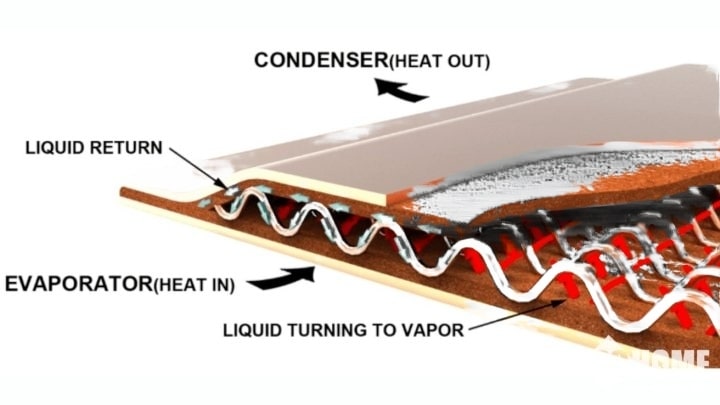
Regarding configuration, Apple will still adopt a different processor strategy, with the iPhone 17 and 17 Air using the A19 standard processor and the iPhone 17 Pro and iPhone 17 Pro Max using the higher-spec A19 Pro processor. The A19 series chips will not use 2nm but will continue using the 3nm process. In terms of memory, only the iPhone 17 Pro Max will be upgraded to 12GB of RAM, while the other models will continue to use 8GB of RAM.
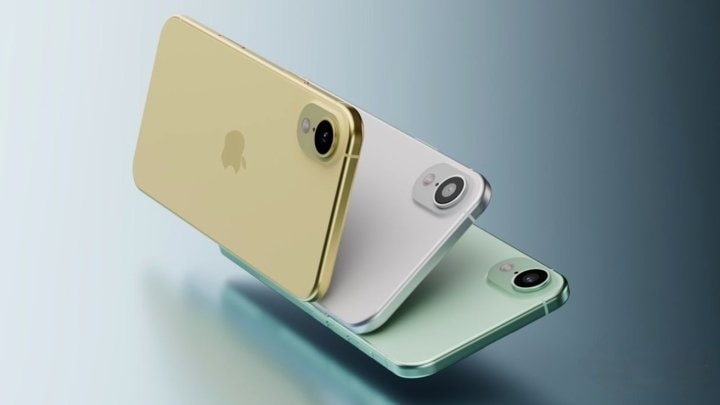
The new model to replace the Plus variant, which is expected to be named the iPhone 17 Air or iPhone 17 Slim, has a slim design and is certainly under 6mm thick. The phone will also be equipped with Apple’s self-developed 5G baseband.
All in all, the iPhone 17 Air, which replaces the Plus, and the iPhone 17 Standard Edition, which is a significant upgrade, are exciting and may lead consumers to prefer low-cost, cost-effective devices.

